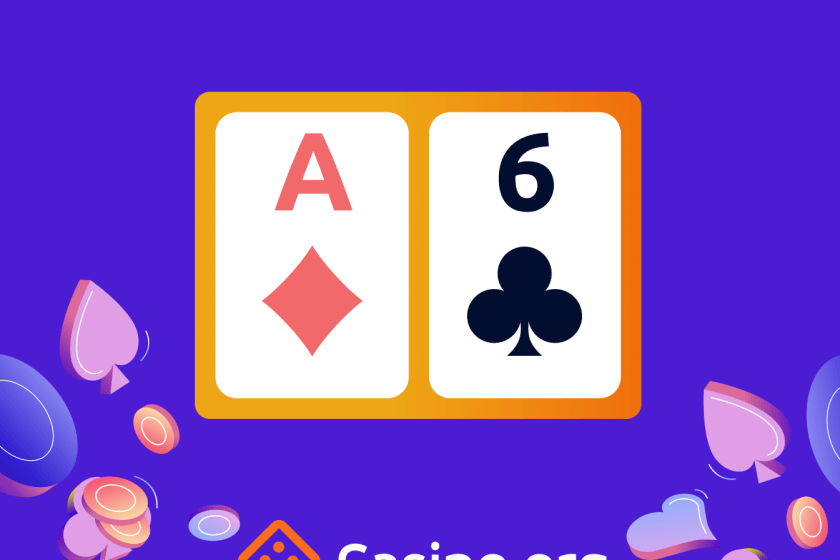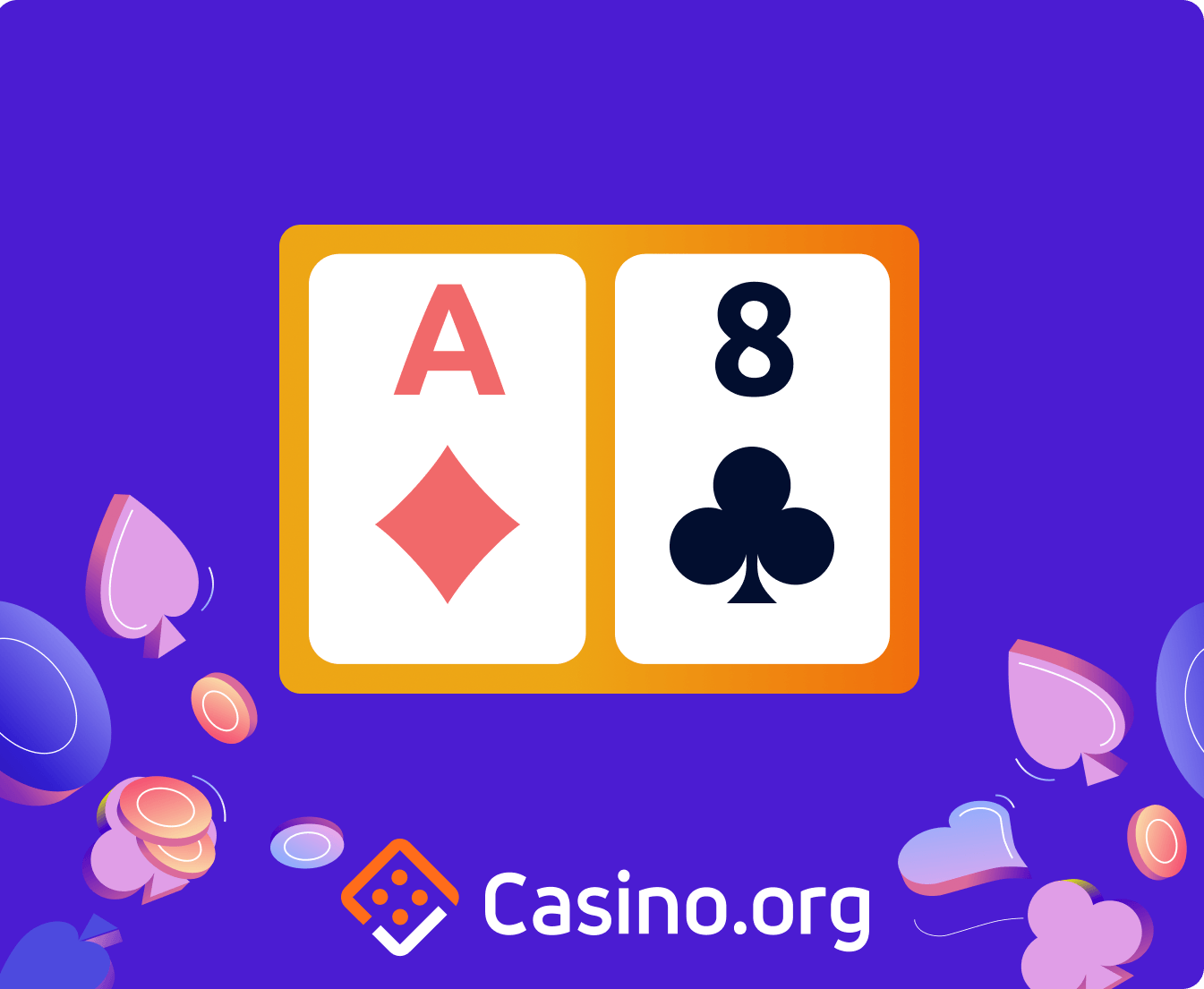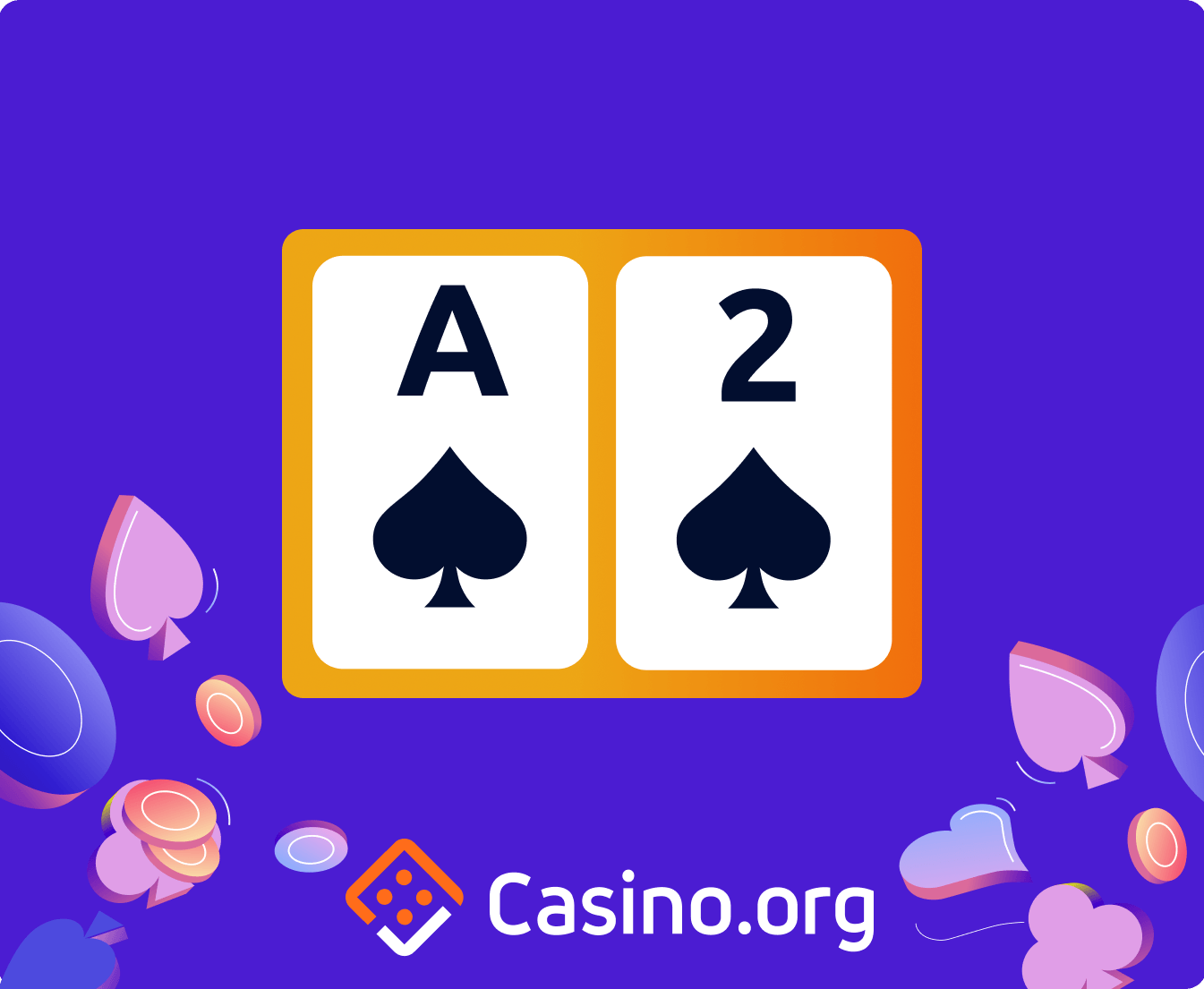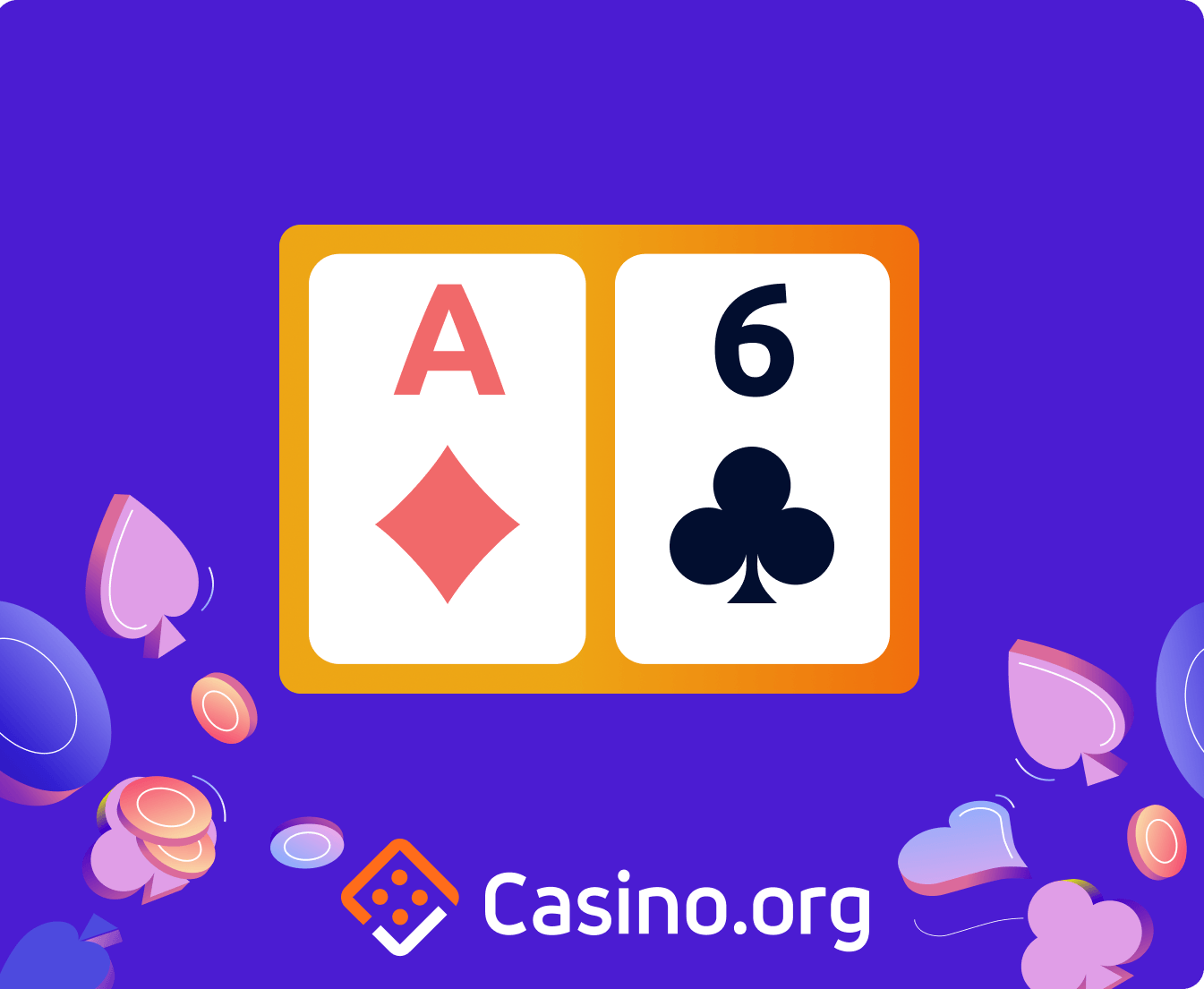Understanding Soft 17 in Blackjack: Strategies and Essential Rules

Key Insights: Navigating Soft 17 in Blackjack
Blackjack often presents complex decisions, and playing a Soft 17 is one of the more nuanced scenarios. Grasping how to approach this hand can significantly influence your results at the table. In this article, you'll discover:
- Strategic guidelines: How to maximize your advantage when dealt a Soft 17.
- Possible outcomes: What happens when you hit, and how the hand can evolve.
- Managing improved hands: Knowing when to stand or draw after improving your hand beyond Soft 17.
- Responding to worse hands: Adapting play if your hand value drops after a hit.
- Common mistakes to avoid: Why strict adherence to optimal strategy is statistically best.
A Soft 17 is a hand totaling 17 where an Ace may count as 1 or 11-most commonly seen as Ace-6. This flexibility allows you to take another card without fear of busting. Proper understanding and play of Soft 17 not only increases your winning chances but also helps you sidestep frequent errors.
Defining Soft Hands in Blackjack
The unique feature of the Ace in blackjack is its dual value: it can represent either 1 or 11, depending on which benefits your total most. When a hand includes an Ace valued as 11, it’s called a soft hand because the hand’s value is “soft” or flexible-it can absorb a high card without busting.

Consider a hand of Ace-8. Here, your total is 19, and the Ace acts as an 11. Suppose the dealer is showing a weak upcard, like a 5; some players in aggressive situations may even double down. Importantly, taking an extra card never results in an immediate bust with a soft hand.
Tip: When comparing hands at the end of a round, only the numerical value matters. Whether your 19 is soft or hard is irrelevant then.
Another example is Ace-2, making a soft 13. Some dealers may note it as “3 or 13,” reflecting the Ace’s flexibility.

Standing on a soft 13 is never optimal, even if the dealer reveals a bust-prone upcard (like 2 through 6). You should always try to improve this hand because the risk-free hit can't make you bust. By contrast, if you had a hard 13 and hit, you risk exceeding 21 should you draw a high card.
Soft 17 Explained: What Exactly Is It?
Soft 17 refers to any hand totaling 17 in which an Ace can be counted as either 1 or 11, ensuring you can take at least one more card without risk of busting. The most frequent example is Ace-6.

Comparing Soft 17 to Hard 17
Soft 17 hands remain flexible-Ace-6 can be 7 or 17, making it impossible to bust with one more card. In contrast, a hard 17 (like 10-7 or 9-8) is unchangeable. If you draw another card, you risk going over 21. Even if a hard 17 includes an Ace, it must be valued as 1.
Tip: Your initial two cards might not make Soft 17, but if you draw an Ace on a hand such as 3-3, it becomes a Soft 17. The strategy discussed here applies to all Soft 17 scenarios, regardless of the sequence of cards.
Understanding Dealer Behavior with Soft 17
Blackjack dealers operate under set rules dictating when they must hit or stand. This process removes emotion and ensures consistency:
- With a total of 16 or less, the dealer must hit.
- On a soft 18 (Ace plus 7 or more), the dealer typically stands.
- Rules on Soft 17 can vary: some casinos require the dealer to stand on Soft 17, while others have dealers hit Soft 17, slightly improving player odds in the latter case.
Evaluating the Strength of Soft 17
Although standing on 17 is conventional wisdom, a 17 (soft or hard) is often a weak hand. It usually wins only if the dealer busts first. Over time, persistently standing on 17 leads to losses because of its negative win expectation. However, the flexibility of a Soft 17 gives you an opportunity to improve your hand and alter the odds, avoiding the stagnancy of a hard 17.
Optimal Play: How to Handle Soft 17
Never Stand on Soft 17
Holding a hard 17 locks you out of further action-any hit risks busting. With Soft 17, though, the right move is always to add a card since you can't bust on the next draw. Mathematical analysis proves that hitting Soft 17 turns a disadvantage into a possible advantage over the long term.
Tip: Always hit Soft 17, regardless of the dealer’s upcard, table position, or any gut feeling. Standing on Soft 17 is never the optimal choice.
Take the Risk-Free Hit
Despite some reluctance to “break” a 17, hitting on Soft 17 increases your chances of winning. Statistically, only 5 out of 13 possible card values will worsen your hand, while the other 8 will improve or leave it unchanged. If uncertain, always opt to hit.
Consider Doubling Down in Favorable Situations
When allowed by house rules, doubling your bet on Soft 17 against a dealer upcard of 3, 4, 5, or 6 increases your potential return, as dealers are more likely to bust. Note, though, that some blackjack games restrict doubling to certain hand values and you might have to settle for simply hitting.
Tip: If you’re limited to doubling down on hands totaling only 9, 10, or 11, hitting on Soft 17 is your only play.
Advanced Soft 17 Strategies and Variations
Experienced players should pay attention to nuanced variations:
- In rare single-deck games that permit doubling on any two cards, you should double down on Soft 17 if the dealer shows a 2 through 6.
- Card counters should know that despite numerous basic strategy deviations linked to card composition, Soft 17 does not require any adjustment-stick with the standard rules.
After the Hit: What Next?
After you hit your Soft 17, one of several outcomes will emerge:
- If you draw a 10, Jack, Queen, or King, your hand becomes a hard 17, and you should stand and hope the dealer busts.
- If you pick up an Ace, 2, 3, or 4, your hand improves to 18 or more. In most spots, it's time to stand since your win expectation is now favorable.
- If you pull a card from 5 through 9, your total drops to 12-16. From here, follow basic blackjack strategy: stand against a dealer bust card, otherwise hit or take further action as outlined in strategy charts.
Consistency: Trust the Numbers, Not the Emotions
Watching a hand collapse after improving Soft 17 can be frustrating, especially if the dealer busts afterward. This may tempt future deviation from strategy, but long-term statistics confirm that disciplined, strategic play yields the best results. Approach every Soft 17 the same way, and your blackjack skills-and bankroll-will benefit.

For more advanced gameplay insights and in-depth analysis, consider exploring reputable blackjack resources or comprehensive guides designed for dedicated casino players.













